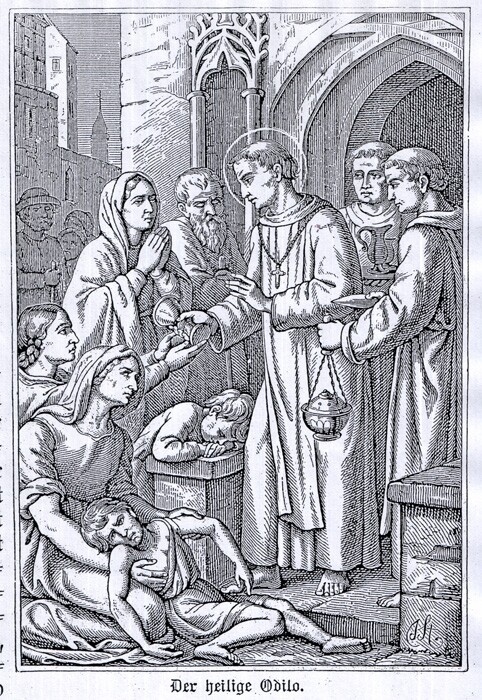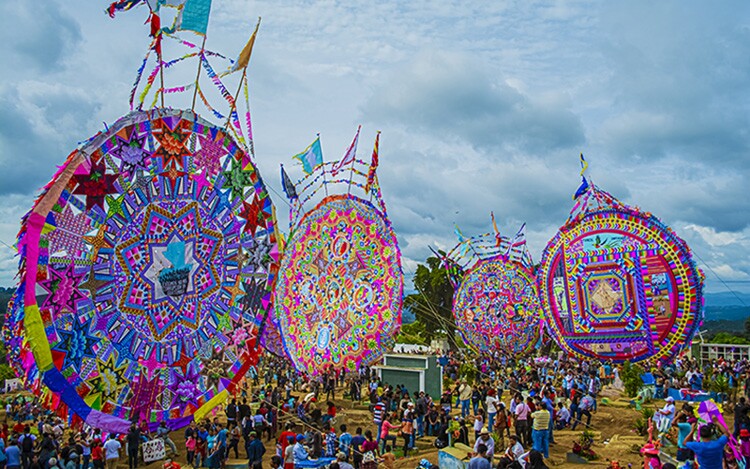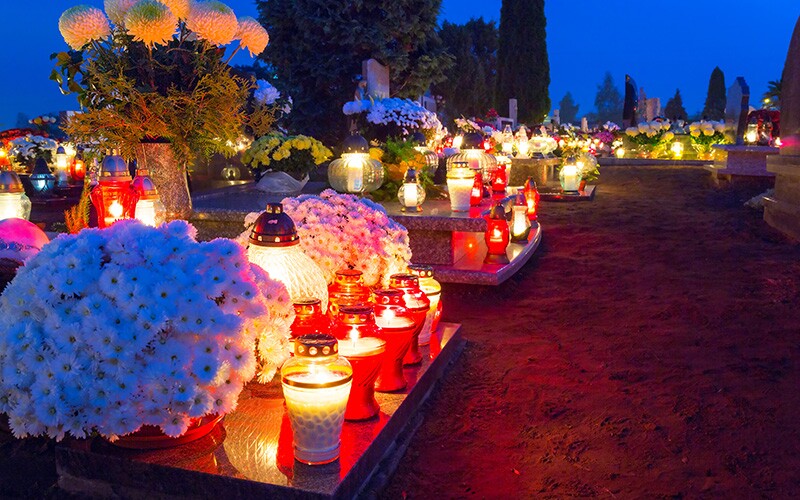If family history had a favorite holiday, it would have to be All Souls’ Day, the thousand-year-old observance that falls every year on November 2, immediately after All Saints’ Day, which is on November 1. Like All Saints’ Day, All Souls’ Day is for remembering people who have died. But while All Saints’ Day is focused on Christian martyrs and saints, All Souls’ Day is all about the members of your own family and family tree. It’s a day for being with family, visiting cemeteries, sharing memories of loved ones, and honoring traditions.
To be clear, both All Souls’ Day and All Saints’ Day are prayer days associated with the Catholic Church. But members of other Christian churches also observe these holidays. In some parts of the world, the celebrations incorporate indigenous traditions and beliefs as well. Take Mexico, for example, and its famous Día de los Muertos festivities. In Mayan culture, it was disrespectful to mourn for someone who had died. Hence the colorful costumes, lively music, and delicious foods that the day is famous for.

When Was the First All Souls’ Day?
To understand the origins of All Souls’ Day, we should probably start with All Saints’ Day. During the Middle Ages, most Christian communities held a yearly feast to honor the Church’s saints—martyrs who had died and gone to heaven. In time, this day came to be known as All Saints’ Day, and the Catholic Church made it a holy day of obligation.
Sometime in the 10th century, the Catholic priest St. Odilo of Cluny instituted All Souls’ Day—a day to pray for the souls of deceased family members—ordinary men and women who had lived good lives and were waiting in purgatory until they were worthy to enter heaven. The annual celebration became the final and third day of Allhallowtide—right after All Hallows’ Eve and All Saints’ Day.
How Do People Celebrate All Souls’ Day?
Today, All Souls’ Day is observed around the world by people of various faiths and cultural backgrounds. Some of the traditions are common to all people, no matter the language or country. But others are unique, and you won’t find them anywhere else. Consider a few examples:
- In Guatemala, people fly kites at the Barriletes Gigantes Festival, or Giant Kites Festival. These kites can take months to build and may be as big as 65 feet across! You can write a note to your ancestor and tie it to the kite’s tail for your ancestor to read in heaven.

- In Mexico, many people create private altars for their ancestors and decorate them with photographs, flowers, candy skulls, and candles. Disney made a great movie about Día de los Muertos, but the real thing is even better.
- In the Philippines, people cook their deceased loved one’s favorite foods for a feast with friends and relatives. Many visit their ancestors’ tombs, light candles, and even spend the night there.
- In Hungary, many people keep the lights on in their homes for the duration of the night and leave food on the table in memory of their loved ones.
- In Poland, traveling home for All Souls’ Day can be a must—similar to Easter and Christmas. Families visit the cemeteries where their ancestors are buried and set the night aglow with a veritable bonfire of candles.
- In Peru, people share a loaf of t’anta wawa with a friend or relative. T’anta wawa is a sweet bread baked into the shape of a doll or small child.

How Should I Celebrate All Souls’ Day?
This All Souls’ Day, make time to celebrate your family and its history. Does your family have any favorite games or activities? What about foods? Nothing quite brings the family together like participating in a beloved tradition. Or how about starting a new tradition? Something you can do every All Souls’ Day from here on out.
You don’t have to make huge preparations. Sometimes the easy, simple activities are the most meaningful. Here are a few ideas:
- Browse an old photo album with someone you love.
- Share a story about a deceased loved one with someone in your family who is younger than you.
- Make a meal or dessert that reflects your family’s heritage or reminds you of an ancestor.
- Go on a mini pilgrimage to a place that has special meaning to your family. Be creative. The journey could take 10 minutes or a couple of hours.
- Visit a cemetery, and put flowers on an ancestor’s grave.
- Make an audio recording of a family story, and then upload it to your person page on FamilySearch for future generations to enjoy and learn from (we can help you get started).

Get to Know Your Ancestors on FamilySearch
At FamilySearch, you can begin learning about your family history in just a few clicks. Our search tools give you access to millions of historical documents like birth certificates, baptism records, draft cards, and more. The details you discover in these documents will almost certainly surprise you—addresses, middle names, and physical descriptions, to name a few. You might even discover an ancestor you didn’t know about.
You can also use FamilySearch to begin building your family tree. Information about living people is private. No one can see your information but you. But we’ll try to help you connect with ancestors who might have already been entered into our system. This All Souls’ Day, connect to FamilySearch’s shared Family Tree for free to learn more about your ancestors!

